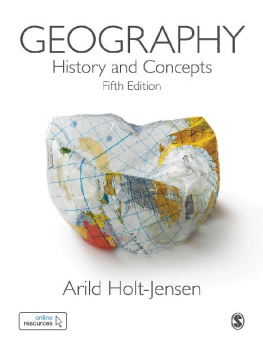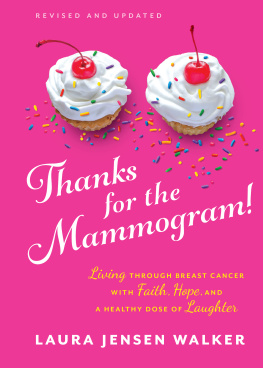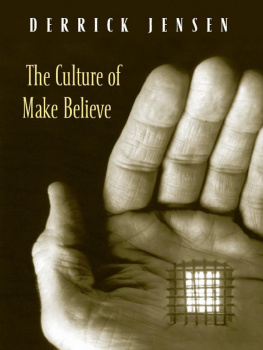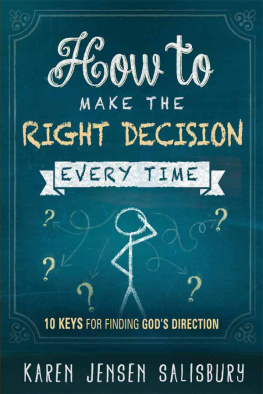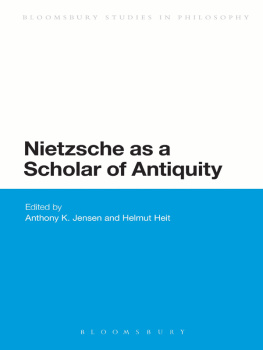Arild Holt-Jensen [Holt-Jensen - Geography: History and Concepts
Here you can read online Arild Holt-Jensen [Holt-Jensen - Geography: History and Concepts full text of the book (entire story) in english for free. Download pdf and epub, get meaning, cover and reviews about this ebook. year: 2018, publisher: SAGE Publications, genre: Politics. Description of the work, (preface) as well as reviews are available. Best literature library LitArk.com created for fans of good reading and offers a wide selection of genres:
Romance novel
Science fiction
Adventure
Detective
Science
History
Home and family
Prose
Art
Politics
Computer
Non-fiction
Religion
Business
Children
Humor
Choose a favorite category and find really read worthwhile books. Enjoy immersion in the world of imagination, feel the emotions of the characters or learn something new for yourself, make an fascinating discovery.
- Book:Geography: History and Concepts
- Author:
- Publisher:SAGE Publications
- Genre:
- Year:2018
- Rating:5 / 5
- Favourites:Add to favourites
- Your mark:
- 100
- 1
- 2
- 3
- 4
- 5
Geography: History and Concepts: summary, description and annotation
We offer to read an annotation, description, summary or preface (depends on what the author of the book "Geography: History and Concepts" wrote himself). If you haven't found the necessary information about the book — write in the comments, we will try to find it.
Arild Holt-Jensen [Holt-Jensen: author's other books
Who wrote Geography: History and Concepts? Find out the surname, the name of the author of the book and a list of all author's works by series.
Geography: History and Concepts — read online for free the complete book (whole text) full work
Below is the text of the book, divided by pages. System saving the place of the last page read, allows you to conveniently read the book "Geography: History and Concepts" online for free, without having to search again every time where you left off. Put a bookmark, and you can go to the page where you finished reading at any time.
Font size:
Interval:
Bookmark:



He has long experience in setting up and organizing cross-disciplinary courses in environmental science and planning. His research in settlement geography, environmental, local and regional planning covers studies in Norway and the Nordic and Baltic countries. He has been a guest professor at the University of Washington, Seattle. He has also led a number of field courses for BA and MA students in Norway and the Baltic countries.
In 20002004 he coordinated the NEHOM (Neighbourhood Housing Models) project, financed by the EU 5th framework programme, involving 11 partners in 8 European countries, which was followed up in the period 20042008 by a NordicBaltic project financed by the Nordic Council of Ministers. One result of this project has been Urban Sustainablility and Governance; New Challenges for Nordic and Baltic Housing Policies (Holt-Jensen and Pollock (eds), 2009, NOVA, New York).
From the start of his university studies Arild has been active in local and national politics: as a member of the Norwegian Liberal Party he headed its Environmental Commission from 1968 to 1975 (national), was a member of Bergen City Council from 1971 to 1979 and later functioned as chair of Lands City District board for twelve years. From 2004 he shifted his membership to the Bergen Socialist (Labour) Party.
Font size:
Interval:
Bookmark:
Similar books «Geography: History and Concepts»
Look at similar books to Geography: History and Concepts. We have selected literature similar in name and meaning in the hope of providing readers with more options to find new, interesting, not yet read works.
Discussion, reviews of the book Geography: History and Concepts and just readers' own opinions. Leave your comments, write what you think about the work, its meaning or the main characters. Specify what exactly you liked and what you didn't like, and why you think so.

